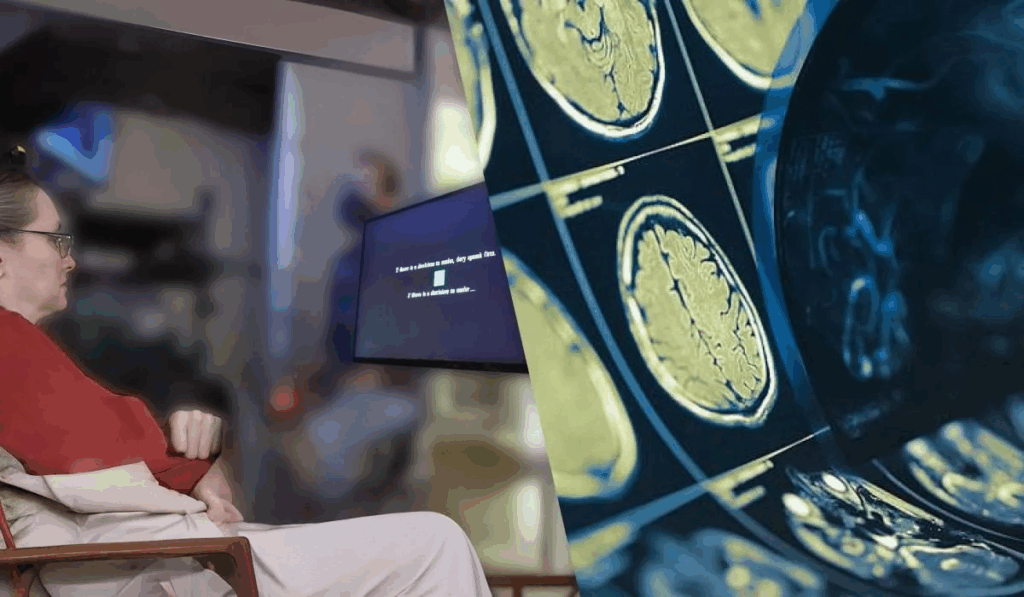🚀 Scientists at Stanford University have unveiled a revolutionary device — a microchip capable of reading brain activity and converting it into text using artificial intelligence. During experiments, the chip was tested on four volunteers.
Microelectrodes implanted in the participants’ brains recorded neural signals while they thought about words or phrases. Artificial intelligence analyzed these signals and reproduced the inner monologue with up to 74% accuracy. In other words, the algorithm could “read” a person’s thoughts and reproduce nearly three-quarters of them correctly.

Advanced protection didn’t help
One test was particularly surprising: volunteers tried to “set a mental password,” hoping their thoughts would remain private. However, the AI system was able to decode it with 99% accuracy. This result demonstrates how powerful the technology can be in analyzing brain activity.
What it means for science and society
- Medicine: the technology could help people with speech and movement disorders “speak” through a computer using only their thoughts.
- Brain science: researchers will gain deeper insight into how thoughts are formed and how the brain processes language.
- Ethics and security: questions about thought privacy arise. If such devices become widespread, strict rules will be needed to protect information about a person’s inner mind.

Potential and limitations
The technology is still in its early stages. Experiments were conducted on a small number of volunteers, and implanting the chip is a serious medical procedure. Nevertheless, scientists are confident that in the future, chips could become less invasive, more accurate, and far more capable.
Conclusion
Stanford’s chip opens the door to a future where the boundaries between the human mind and machine intelligence blur. For now, it is a breakthrough in laboratory conditions, but it already raises questions about new ways of communication, treatment, and protection of personal thoughts.
All content provided on this website (https://wildinwest.com/) -including attachments, links, or referenced materials — is for informative and entertainment purposes only and should not be considered as financial advice. Third-party materials remain the property of their respective owners.


